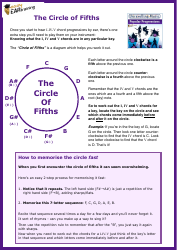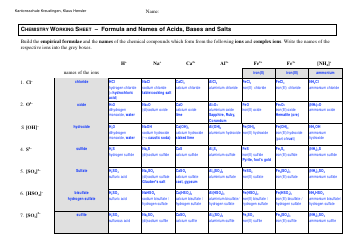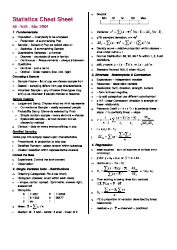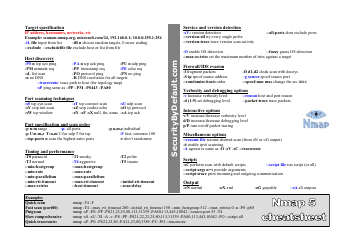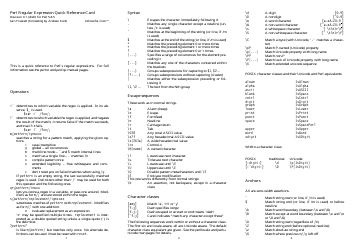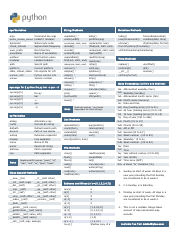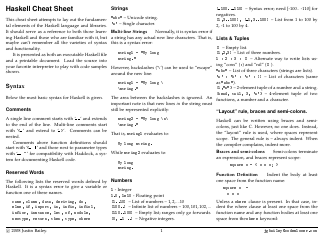Polar Curves Cheat Sheet
A polar curves cheat sheet is a reference guide that provides formulas, examples, and explanations of how to graph and interpret polar curves. It is often used by students or individuals studying mathematics or physics to help them understand and solve problems related to polar curves.
FAQ
Q: What is a polar curve?
A: A polar curve represents points in a plane by their distance from a fixed point (the pole) and the angle they make with a fixed line (the polar axis).
Q: How are polar curves different from Cartesian curves?
A: In Cartesian curves, points are represented by their x and y coordinates, while in polar curves, points are represented by their polar coordinates (distance and angle).
Q: What are some common polar curves?
A: Some common polar curves include circles, cardioids, limaçons, roses, and spirals.
Q: How do you convert a polar curve to Cartesian coordinates?
A: To convert a polar curve to Cartesian coordinates, you can use the formulas x = rcos(theta) and y = rsin(theta), where r is the distance and theta is the angle.
Q: What is the polar form of a complex number?
A: The polar form of a complex number is written as r*(cos(theta) + i*sin(theta)), where r is the magnitude (distance from the origin) and theta is the argument (angle).
Q: What is the polar symmetry of a polar curve?
A: The polar symmetry of a polar curve refers to whether the curve is symmetrical about the polar axis, the pole, or a specific angle.













